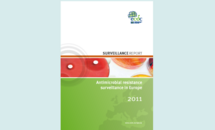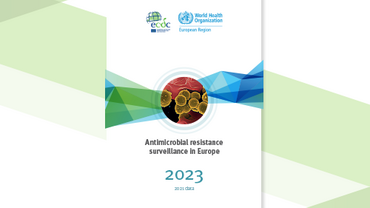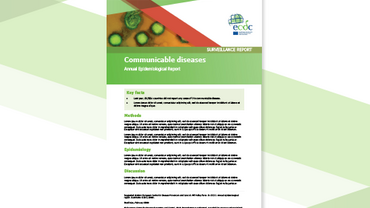Antimicrobial resistance surveillance in Europe 2011
This report presents antimicrobial resistance data for seven invasive pathogens of major public health importance: Streptococcus pneumoniae, Staphylococcus aureus, Escherichia coli, Enterococcus faecalis, Enterococcus faecium, Klebsiella pneumoniae and Pseudomonas aeruginosa.
For 2011, data were reported by 29 countries and the report also presents trend analyses for the period 2008–2011. This edition also includes a focus chapter on the demographic characteristics of cases of invasive gram-negative infections in Europe. Although the levels of resistance in the gram-positive pathogens under surveillance (Streptococcus pneumoniae, Staphylococcus aureus, Enterococcus faecium and Enterococcus faecalis) tend to be stabilising, or even decreasing in some countries, there is a general increase across Europe of antimicrobial resistance in the gram-negative pathogens (Escherichia coli, Klebsiella pneumoniae and Pseudomonas aeruginosa).
The full report is available in English. A summary is available in all EU languages, Icelandic and Norwegian
Download






